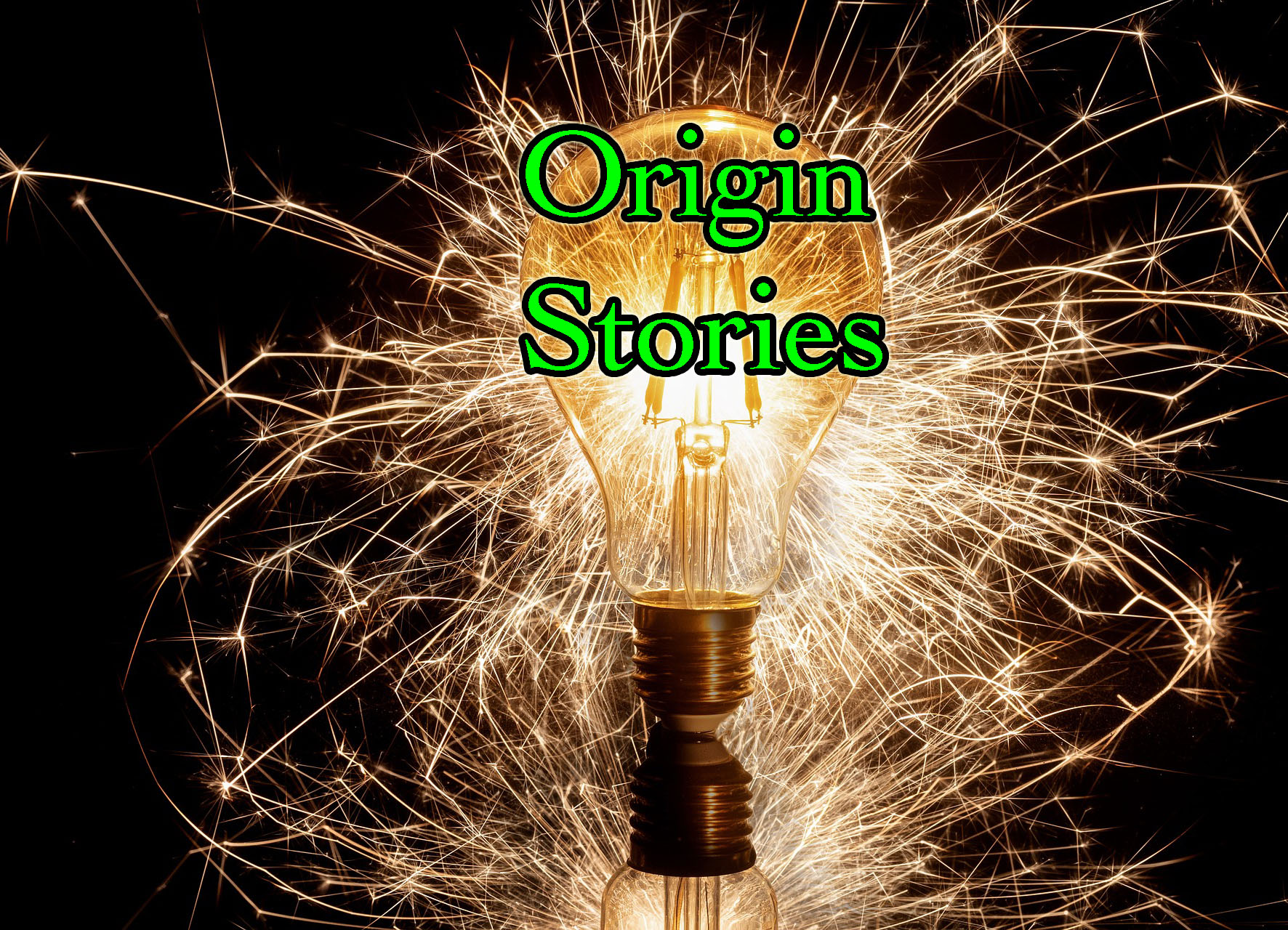The Boat-maker’s Art
by Shaheen Dil
I.
I watched the boat as it was built—
the shine of wood,
the decadent lines of it,
hand-polished surfaces gleaming,
sleek, tempting,
half-done and up on trestles,
looking for all the world as if it wanted to leap into the water,
sails unfurled,
bow springing above the waves,
aft slicing through sprays of spume.
The boat-maker’s hands gentle,
sanding the sides.
Unaware of the camera’s gaze,
voyeurs peeping through lenses
trained on his hands,
he worked while we watched,
absorbed and unconcerned,
secure in his place as master-builder,
a yacht with sails,
no fiberglass, no engine.
II.
I imagine Galatea being chiseled
with that precision—
the maker chipping at her perfect form—
fusing design to desire.
III.
On the Ganges delta, crisscrossed by rivers,
fishermen abandoned wooden sailing boats and dugouts
(designs over 3,000 years old).
IV.
In Narsingdi Ghaat boat-builders stand
ankle-deep in mud,
lunghis hitched up around their hips,
building power boats and motorized dinghies
using traditional tools
(hammer, nail, chisel, wood planer, bow saw, lathe)
and mass-produced engines
(cheap, efficient),
the fire of focus in their eyes.
Their hands gentle,
the hull bending to their touch.
These boats are both love and livelihood—
they are to fish,
to eat,
to live,
to race.
V.
Not to be confused with Bangladesh’s ship-building industry
in the dockyards at Buriganga or Chittagong,
vying with China, Japan and South Korea
to export ocean-going vessels and warships.
Back to historic pre-eminence—
in 1770, Bengal built 223,250 tons of ocean-going ships—
compared to only 23,061 in the restive American colonies.
VI.
The Mazhi launches his finished nauka,
beating back thick fronds of lotus leaves clustering the edges
with his long pole,
slicing through pink blossoms,
the boat glides into the river,
phut phut of the engine starts,
black fumes trailing behind.
Nets cast into the deep of the inlet,
marked by buoys.
He will return before dawn the next day
to harvest his catch.
VII.
The Apache Star,
a fiberglass monstrosity,
dove into the water like a red rocket,
engines roaring,
achieved speeds of 115 knots—
set a world record from Miami to Havana
and back.
VIII.
Charon lifts up his oar,
pushes off from the edge.
The ripple of black water makes no sound.
Origin Stories – The Boat-maker’s Art
Recently I saw a boat being built on Narsingdi Ghaat by Bengali fishermen. The intensity of their focus on this simple Nauka reminded me of another time decades ago when I watched a racing yacht being built through the camera on a former colleague’s work desktop. I went back and forth between these two vastly different scenes, and the diametrically different men doting on their boats. Their oddly similar passion made me think of what boats really mean—not merely a means of transport, but a metaphor for longing and belonging, adventure and closure. The boat-maker is an artist and a visionary, bringing to life the object of our deepest desire, not unlike Pygmalion with Galatea. But there is a dark side to this vision as well, that of Charon guiding the quiet boat which carries souls from this world to the other side. My poem tries to negotiate these ripples.
BIO
Shaheen Dil’s poems have been published in over two dozen journals and anthologies. She has new work forthcoming in Calyx Journal, The Atlanta Review, Uppagus, and the anthology, Critique of the Gods. Her first full-length poetry collection, Acts of Deference, was published in 2016 by Fakel Publishing House in Sofia, Bulgaria.
Previous Origin Stories
April 1 – Wanda Praisner
April 2 – Howard Lieberman
April 3 – L. Shapley Bassen
April 4 – Sharon Scholl
April 5 – Stellasue Lee
April 6 – Jeanne DeLarm
April 7 – Virginia Smith
April 8 – Patricia Ware
April 9 – Mary Makofske
April 10 – Ann Wallace
April 11 – Jessica Purdy
April 12 – Lakshman Bulusu
April 13 – Kim Malinowski
April 14 – Anita Pulier
April 15 – Martha Bordwell
April 16 – Anastasia Walker
April 17 – Annette Sisson
Previous NPM celebrations from Gyroscope Review
Let the Poet Speak! 2022
Promopalooza 2021
Poet of the Day 2020
Poets Read 2019
National Poetry Month Interview Series 2018
Book Links Party 2017
